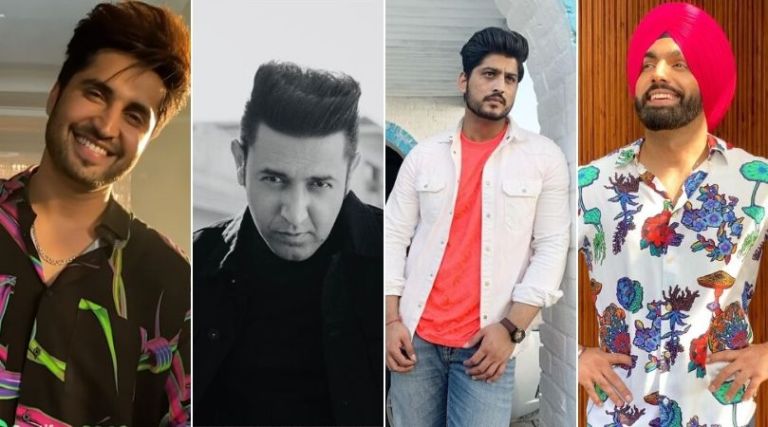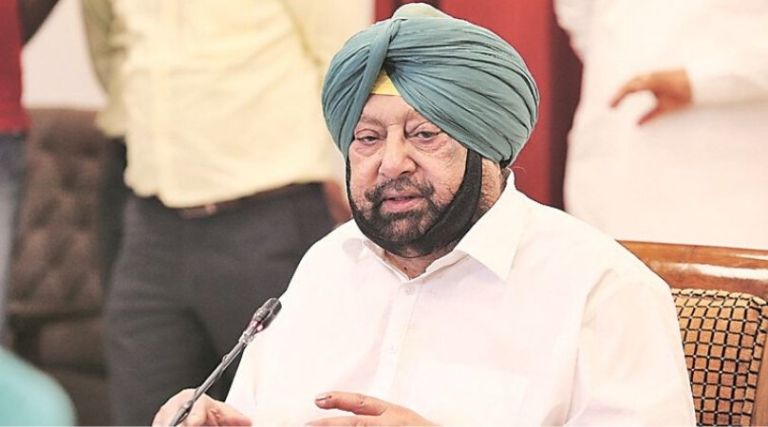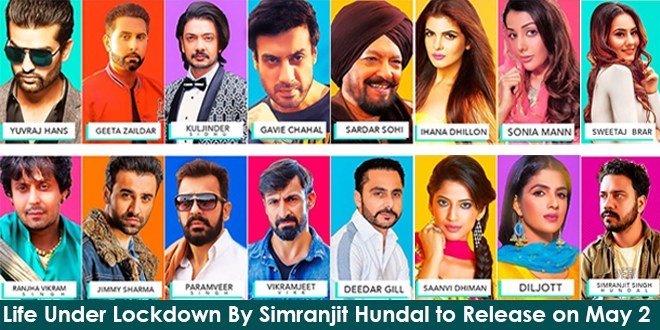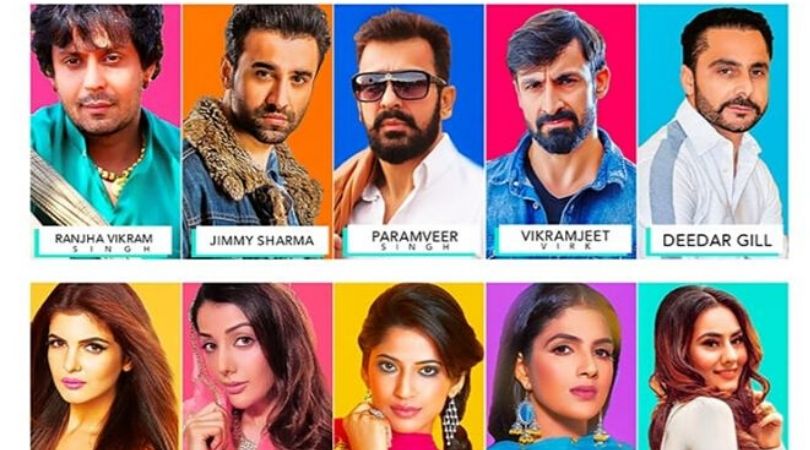What COVID-19 lockdown taught the Punjabi music industry: Let us go through the lessons learnt during the nationwide COVID-19 lockdown.
Punjabi entertainment industry is among the many industries which have suffered financially due to the nationwide lockdown imposed by the COVID-19 pandemic.
While shooting on a usual "set" is still not allowed, some top-notch Punjabi singers engaged in the prevailing 'Work from Home' formula to shoot music videos from their homes during the lockdown.
Since art never dies, even a global crisis couldn't stop some artists to weave magic with whatever little resources they had at their disposal. We have shortlisted four such Punjabi music videos (released during lockdown) to understand a few key lessons which (we expect) the industry might have learnt.
It is worth mentioning that the lockdown witnessed the release of over 100 Punjabi music videos. Having said that, most of them were shot before the lockdown and are not being considered for this piece.
What COVID-19 lockdown taught the Punjabi music industry
First things first. The songs which have made the cut are Jassie Gill's 'Ehna Chauni Aa', Gippy Grewal's 'Miss You', Gurnam Bhullar's 'Dil Nahin Mannda' and Ammy Virk's 'Tod Da-e-Dil'.
Affected commercially, the biggest bubble which these music videos have burst is that praiseworthy single tracks can be made without big-budget videos. While swanky cars, exotic locations and branded clothes have their own sheen and look apt with certain concepts, one can't deny that these tempting elements are mostly used needlessly and out of proportion in Punjabi music videos.
Illustrious model Sara Gurpal, who featured in Gill's Ehna Chauni Aa, wore a plain white kameez and multi-coloured salwar throughout the video and not for a moment did she appear to contribute any less than any other video. Had it been a music video before the lockdown, each paragraph might have witnessed her in a different outfit.
That being said, there is nothing wrong in artists donning multiple outfits for one music video. It's just that the practice of forcefully applying such ideas can be done away with to make optimum use of producers' money in many if not all videos.
While Ehna Chauni Aa was claimed to be the first-ever music video to be shot on iPhone 11 Pro, Virk's Tod Da-e-Dil (featuring actress Mandy Takhar) was claimed to be India's first vertical music video.
India’s first vertical musical video ??
Tod da-e-dil ??
Thnx allot @Mandy_Takhar ??
Video @arvinderkhaira
Lyrics #maninderbuttar
Music #avvysraa
Produced @arvinderkhaira @yourjaani ???????????????? pic.twitter.com/xFBNmQ46Z9— Ammy Virk (@AmmyVirk) May 15, 2020
Having directed both the videos, renowned video director Arvindr Khaira deserves plentiful applauds behind the success of these videos as they wouldn't have been possible without his creative offerings. Khaira's sincere efforts in both the videos is exemplary of the fact that art doesn't thrive on high-end equipment or materialistic props.
Talking about Grewal, the most experienced artist (out of these four) didn't let his work spree receive a downward trend even in the lockdown. Having released a handful of single tracks in the last year or so, Grewal's Miss You did the rounds across Punjabi music channels.
A music video which was shot by a tried and tested director in Baljit Singh Deo at Grewal's own house, the end product further proved the aforementioned points. Grewal's 'Nach Nach', which was released before Miss You, demands accolades for the sole reason that the singer managed to collaborate with a dozen celebrities amidst a lockdown.
Punjabi singers, who are often criticized for not singing devotional/socio-cultural songs, might further take a leaf out of these singers' books. In their defense, singer generally complain how such songs (with music videos) aren't financially viable.
While there should be no compulsion for a singer to sing a certain genre of songs, singers can perhaps realize that their devotional/socio-cultural song can have a video as basic as these four videos. The sole attempt of releasing such a song per year (or two) has it in it to aid them in decreasing criticism, gaining a whole new fan base and add versatility to their line of work.
Increasing the production value of a music video never guarantees success. On the contrary, what makes matters worst is when increased production value becomes a norm and causes problems for labels/singers who can't afford to spend the same monetary value especially during their early days in the business.
Succumbing to the norm, artists have in the past spent way too much than what one should have been spent on a music video. With these myths being broken, here is hoping that artists won't continue to indulge in spending money like water on projects which can be dealt with in an economical manner.





